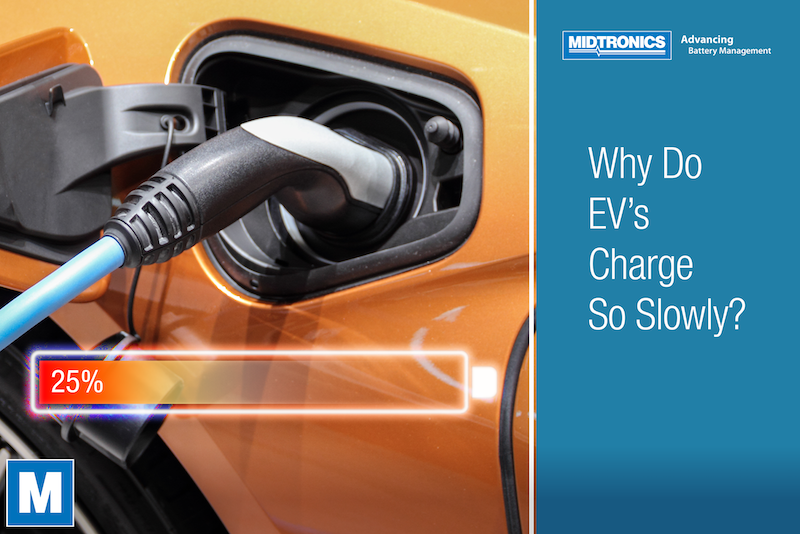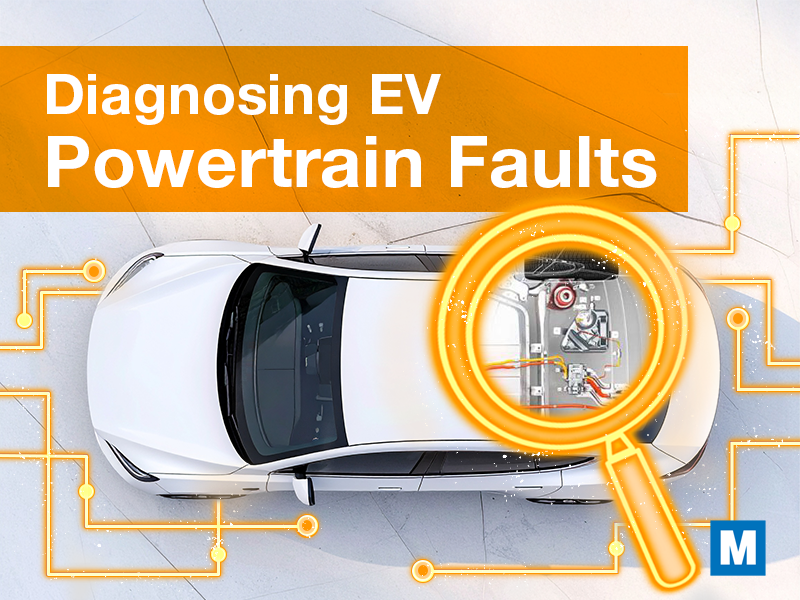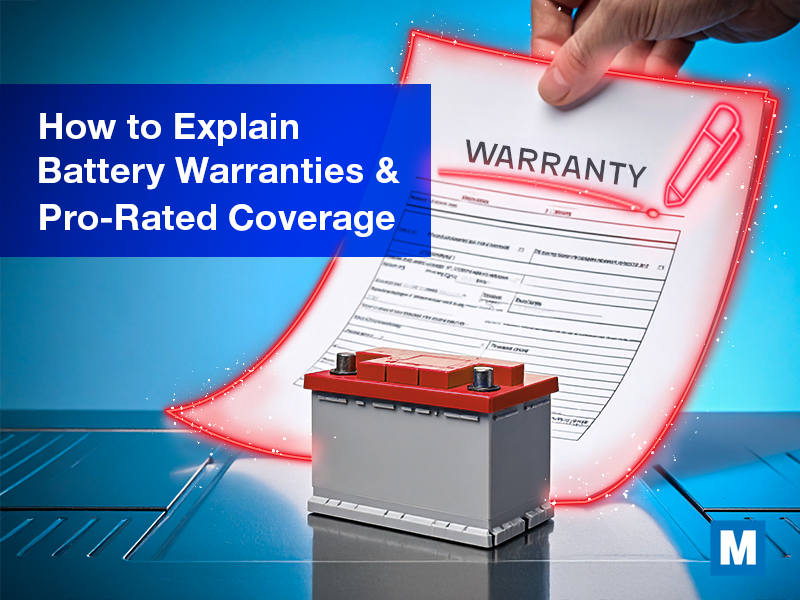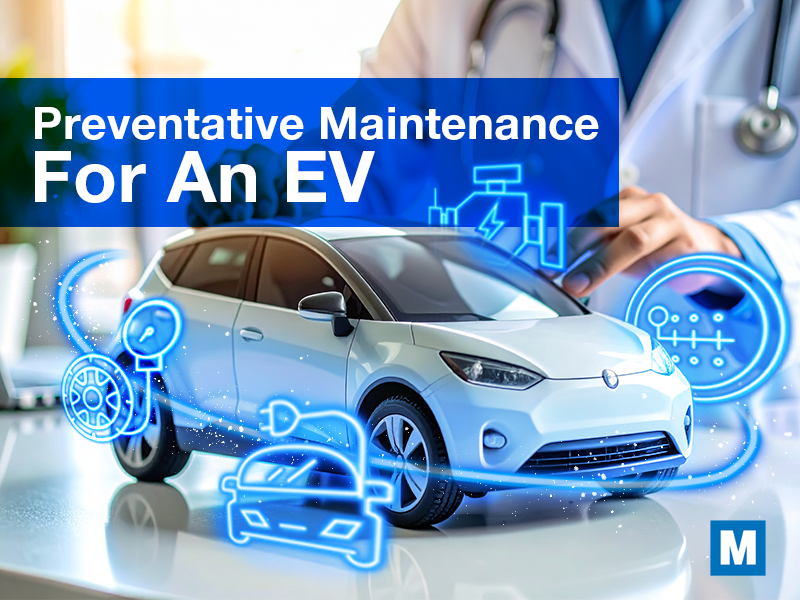Commuters and travelers trying to meet a schedule can usually fill up their tank at a gas station in about five minutes. It’s barely a disruption and can be squeezed into a trip without setting you behind. But when you drive an electric car, a stop at the charging station isn’t only enough time to grab a coffee from the convenience store; it’s sufficient to down the whole cup.
Compared to internal combustion engine (ICE) vehicles, ‘fueling up’ an EV takes several times as long. Even the fastest-charging electric cars only add 13 to 20 miles per minute at the charger at peak rates. And the charge takes much, much longer with a home charger, whether Level 1 or Level 2. Slow charging is a hurdle to EV adoption that’s been identified as an area in need of drastic improvement.
Why does it take so long for an EV to charge, and is there anything that could improve it?
How long does EV charging take?
Just how long does charging take for a typical EV? Like ICE vehicle gas tanks, there are a wide range of battery pack sizes, so it’s not an exact estimate. For example, DC fast charging a battery to 80% capacity takes approximately 30 to 45 minutes. With Level 2 charging, it’s exponentially slower, adding around 20 to 30 miles of range per hour. For most vehicles, that requires an overnight charge to go from empty to full.
If you only have Level 1 charging available, however, it stretches charge time about ten times as long as Level 2. With charge rates of around three to six miles per hour, most long-range EVs would take three days or more to recharge from near empty.
For the driver without the infrastructure to charge their car at home, DC fast charging is the fastest option. Let’s explore what stands in the way of speeding up the charge rate.
How lithium-ion battery charging works
Discharging a battery is a rather simple concept. Picture an AA cell battery with a positive end, or cathode, and a negative end, or anode. Between the two, there’s a separator material that acts as a barrier that only lithium ions can pass through, and not electrons. When the battery is full, the ions are all gathered at the cathode. As the battery is slowly and steadily depleted with use, the ions pass from one side of the separator to the anode. When very few ions remain on the cathode side, the battery is low on charge.
To recharge the battery, an electrical current is applied to the battery. Essentially, it reverses the flow of lithium ions, and they return to the cathode side where they’re held until energy is required again.
But the act of recharging a battery quickly creates immense kinetic energy in the battery that results in heat. Too much heat can cause permanent damage to the battery. And with Li-ion batteries, intercalation – a plating effect – can happen on the anode that impairs charging performance. Charging has to be optimized to prevent the potential of an unsafe reaction.
Charge rate slows down
Even though fast charging can have negative effects, they aren’t typically a concern until the battery is nearing a full charge. The kinetic energy really kicks into high gear when the battery is above 80% charged. When you’re at a fast charging station or using a Level 2 charger, you’ll notice a significant slowdown in charge rate once you hit the 80% threshold.
This is by design. You’ll get the fastest charging your car is capable of receiving up to the 80% point, at which the rate is throttled. That last 20% can take as long as the first 80%. For instance, if it takes 30 minutes to go from empty to 80%, it could take another 30 minutes to reach 100% capacity.
Keep in mind that a truly 100% charged Li-ion battery is toeing the line for a dangerous reaction. So, while your car’s state-of-charge (SoC) indicator might show it’s topped up, the manufacturer’s Battery Management System is designed to leave some headroom for to keep it safe.
The charger is restricting charging speeds
But it isn’t just the battery chemistry that inhibits faster charging rates. Charging stations have limited electrical capacity for their site. The number of vehicles using a charging station can and does cause the charge rate to be throttled or reduced to manage the power available.
Here’s how it works:
- A fast charging station has 1MW of power available.
- Two cars begin charging at CCS chargers at a rate of 350kW.
- Two more cars arrive, but the station doesn’t have the capacity for four vehicles at 350kW.
- All four vehicles have their charge rates throttled to an equal rate of 250kW or less.
- If four more vehicles arrive, all eight are throttled to 125kW.
- As vehicles finish and leave, charge rates average among remaining vehicles.
That assumes that all vehicles can charge at the same high CCS rate, but that’s not always the case. An algorithm calculates the maximum power level and disperses power accordingly.
Generally speaking, the more vehicles using a charging station, the slower the potential charging time may be.
Will EVs ever charge as fast as filling a gas tank?
The US government is investing billions of dollars into EV charging infrastructure to aid in adoption and provide dependable options for those on the road. This development is happening quickly, but battery tech needs to be tested and advanced to the market as well.
There certainly are improvements being made in EV technology that could drastically reduce the time it takes to recharge depleted batteries. Solid state batteries are one type of battery could make it much faster to charge while also being higher capacity and safer, while research on designs like Carbon Nanotube Electrodes could also help meet the milestone for charging as fast as filling a gas tank.




